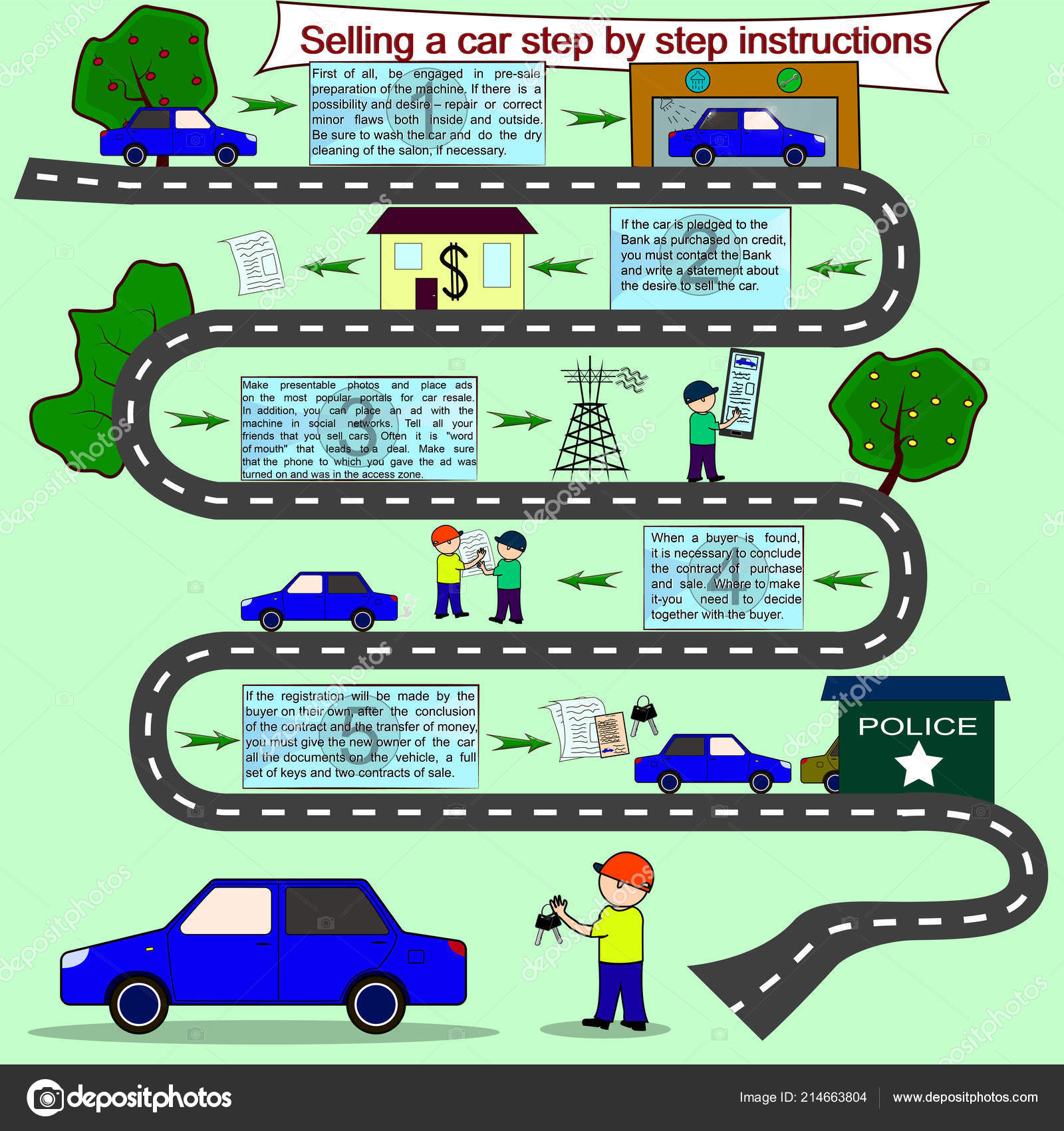Examining Your Automobile'S Caution Indicators: What They Truly Communicate
Examining Your Automobile'S Caution Indicators: What They Truly Communicate
Blog Article
Team Author-Faulkner Shepherd
When you lag the wheel, those beautiful caution lights on your control panel can be a bit puzzling. Do you know what they're trying to tell you about your car's health and wellness? Understanding the relevance of these lights is essential for your safety and security and the long life of your lorry. So, the following time among those lights appears, would not you intend to analyze its message properly and take the required steps to resolve it?
Common Caution Lighting and Interpretations
Identify typical caution lights in your vehicle and comprehend their definitions to ensure safe driving.
One of the most regular warning lights consist of the check engine light, which signifies concerns with the engine or exhausts system. If this light comes on, it's critical to have your vehicle examined quickly.
boat wash near me advising light indicates low oil pressure, requiring prompt focus to stop engine damages.
A blinking battery light could recommend a damaged billing system, potentially leaving you stranded if not addressed.
please click the next webpage (TPMS) light signals you to low tire pressure, impacting automobile stability and fuel effectiveness. Disregarding this could lead to harmful driving problems.
The abdominal muscle light suggests an issue with the anti-lock braking system, endangering your capability to quit quickly in emergency situations.
Last but not least, the coolant temperature level advising light warns of engine overheating, which can result in extreme damage otherwise settled quickly.
Understanding these common warning lights will certainly help you address issues without delay and preserve secure driving conditions.
Significance of Prompt Attention
Comprehending the usual caution lights in your car is only the primary step; the relevance of immediately addressing these cautions can not be highlighted sufficient to guarantee your safety on the road.
When a warning light brightens on your control panel, it's your auto's means of communicating a prospective issue that needs attention. Ignoring these cautions can cause more severe issues later on, compromising your safety and possibly costing you extra in repairs.
Trigger focus to warning lights can avoid breakdowns and accidents. As an example, a flashing check engine light could show a misfire that, if left ignored, can trigger damage to the catalytic converter. Resolving this immediately can save you from a pricey repair service.
Similarly, a brake system advising light may signal low brake fluid or worn brake pads, essential components for your safety when driving.
DIY Troubleshooting Tips
If you see a caution light on your dashboard, there are a couple of DIY repairing pointers you can attempt before looking for professional assistance.
The first step is to consult your auto's handbook to comprehend what the details caution light indicates. In relevant website can be as straightforward as a loosened gas cap causing the check engine light. Tightening the gas cap may solve the trouble.
An additional common concern is a reduced battery, which can cause various advising lights. Checking the battery connections for rust and guaranteeing they're protected could deal with the problem.
If a caution light lingers, you can try resetting it by separating the cars and truck's battery for a couple of mins and then reconnecting it. Furthermore, checking your lorry's fluid levels, such as oil, coolant, and brake liquid, can aid troubleshoot advising lights connected to these systems.
Final thought
Finally, understanding your automobile's warning lights is necessary for maintaining your car running smoothly and safely. By without delay attending to these alerts and recognizing what they indicate, you can avoid costly fixings and possible malfunctions.
Bear in mind to consult your automobile's guidebook for certain details on each cautioning light and do something about it appropriately to make certain a trouble-free driving experience.
Remain informed, stay safe on the road!
